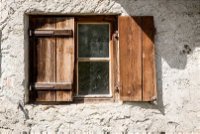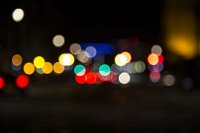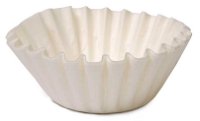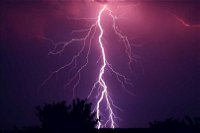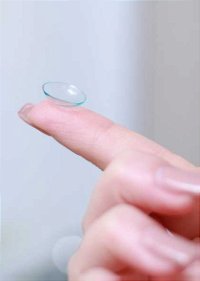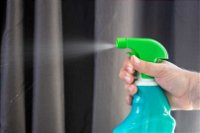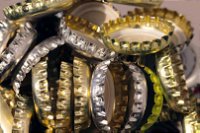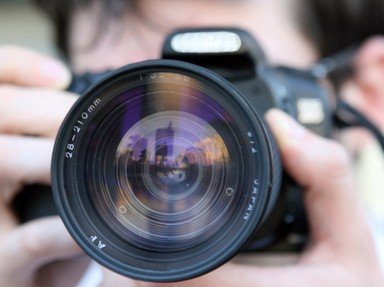
How Do I Do This? Trivia Quiz
Photography & Camera Parts
When you pick up a camera there are certain parts of the camera you should know. See how many of these photos you can match with the terms.
by VegemiteKid.
Estimated time: 3 mins.
- Home
- »
- Quizzes
- »
- Hobbies Trivia
- »
- Photography



